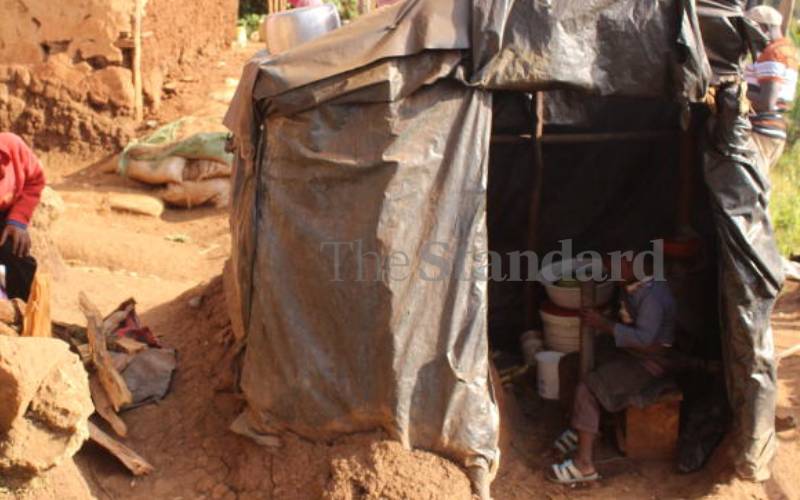×
The Standard e-Paper
Home To Bold Columnists

One of GDP’s major flaws is its inability to “measure” services. [Christopher Kipsang, Standard]
The Gross Domestic Product (GDP) is a metric used to gauge a country’s economic success. Countries are rated based on how much of it they have.